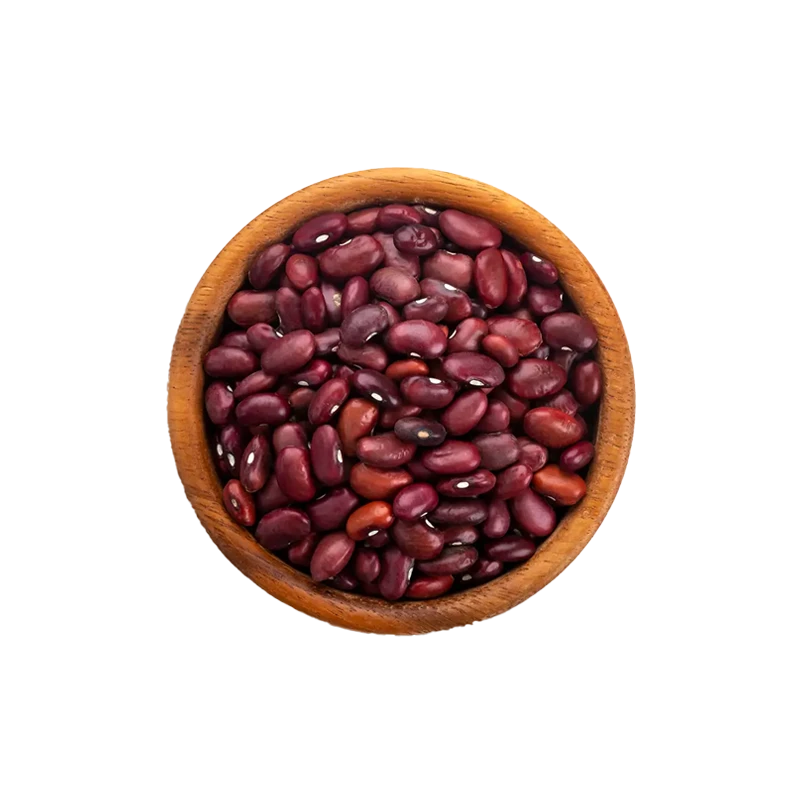Jasmine Rice — Nutrients, Health Benefits, and Shopping Tips

Written by Listonic Team
Last update on September 4, 2024
Nutrition facts
Nutrition facts
Amount per 100 g
Calories
🔥 130 kcal
| Nutrients per: 100 g | Value | % Daily Value* |
|---|---|---|
| Carbs | 28 g | 10.18% |
| Fiber | 1 g | 3.57% |
| Sugars | 0 g | - |
| Glycemic Index | 68 | - |
| Protein | 3 g | 6% |
| Sodium | 1 mg | 0.04% |
| Total Fat | 0 | - |
*The % of Daily Value (DV) tells you how much a nutrient in a serving of food contributes to a daily diet. 2,000 calories a day is used for general nutrition advice.
Did you know?
Health benefits
- Provides sustained energy from complex carbohydrates, making it a good source of fuel for the body and brain.
- Rich in essential vitamins and minerals such as B vitamins and iron (if enriched), which support overall health and well-being.
- Low in fat and cholesterol-free, making it a heart-healthy addition to meals.
- Easy to digest, making it a suitable option for those with sensitive stomachs or digestive issues.
- Versatile and pairs well with a variety of dishes, enhancing the nutritional profile of meals by combining with proteins and vegetables.
Health risks
- High glycemic index which can cause rapid spikes in blood sugar levels, particularly concerning for diabetics or those on low-carb diets.
- Low nutrient density compared to whole grains, as jasmine rice is often refined, offering fewer nutrients and less fiber.
- Potential for overconsumption due to its palatable nature, leading to excessive calorie intake if not mindful of portion sizes.
- Risk of arsenic contamination as rice can absorb arsenic from the soil, which may pose health risks if consumed in large quantities over time.
How to choose jasmine rice
Jasmine rice is prized for its fragrant aroma and fluffy, slightly sticky texture when cooked. The grains should be long and have a pearly appearance. The rice should not be mushy or clump excessively after cooking.
Do not purchase jasmine rice that smells musty or is discolored, as these are signs of poor quality or age. Properly stored jasmine rice will cook up tender and fragrant, perfect for a wide range of dishes.

How to store jasmine rice
Jasmine rice should be stored in a cool, dry place. Keep it in an airtight container to prevent it from absorbing moisture and odors. Properly stored, jasmine rice remains fragrant and fluffy.
Exposure to moisture can cause jasmine rice to spoil and become clumpy. It's best to avoid storing it in humid areas or near strong-smelling foods. Ensuring it stays dry and well-sealed helps maintain its delicate aroma and texture.
✅ Extra Tip
How long does it last?
Jasmine rice can last for 1-2 years when stored in an airtight container in a cool, dark place. Cooked jasmine rice should be consumed within 4-6 days if kept in the refrigerator. For longer storage, cooked rice can be frozen for up to 6 months.
What to do with leftovers?
Leftover jasmine rice can be used in a variety of savory and sweet dishes. Reheat it and serve as a base for stir-fries, curries, or grilled meats, where its fragrant flavor complements a wide range of dishes. Jasmine rice is also great when mixed into a fried rice with vegetables, eggs, and your choice of protein.
Use jasmine rice in a rice salad with chopped vegetables, herbs, and a tangy vinaigrette, or mix it into a rice pudding with milk, sugar, and spices for a comforting dessert. If you have a lot of jasmine rice, consider making a batch of rice cakes by mixing the rice with eggs and seasonings, then frying until golden and crispy. Jasmine rice can also be used in a grain bowl with roasted vegetables and a protein of your choice, or added to soups and stews for added texture and flavor. For a quick snack, try making rice balls filled with cheese, meat, or vegetables.
👨⚕️️ Medical disclaimer
How jasmine rice supports specific health conditions
Jasmine rice is a fragrant long-grain rice that provides carbohydrates, supporting brain function and energy levels. It contains small amounts of B vitamins, which aid in energy metabolism. While jasmine rice is lower in fiber than other rice varieties, pairing it with vegetables or legumes can enhance its nutritional profile and support digestive health. Its soft texture and aroma make it a versatile staple in many dishes, contributing to weight management when consumed in moderation.
Discover products from other categories
Listonic Team
Fact-checked
Our editorial team checked this article to make sure it was accurate at the time of publishing it.
Get the top-rated shopping list app

jasmine rice
Table of contents







